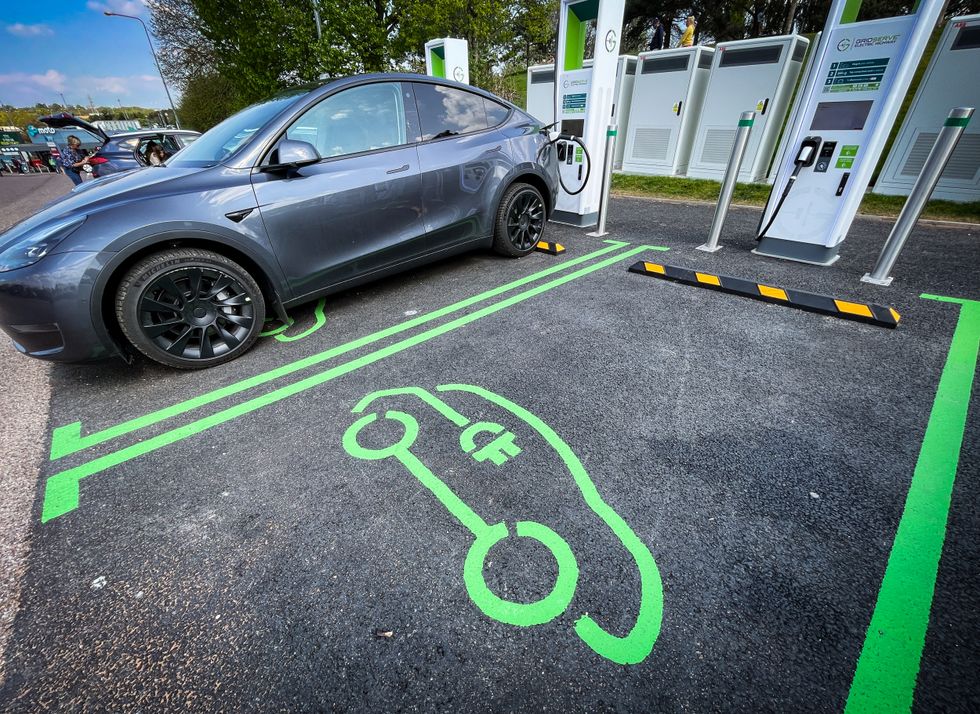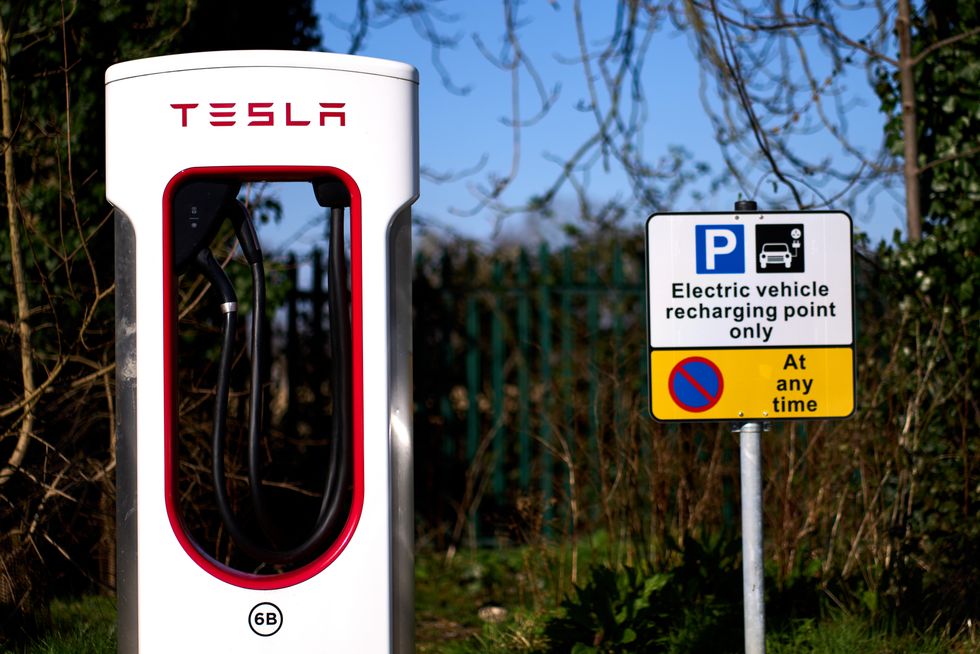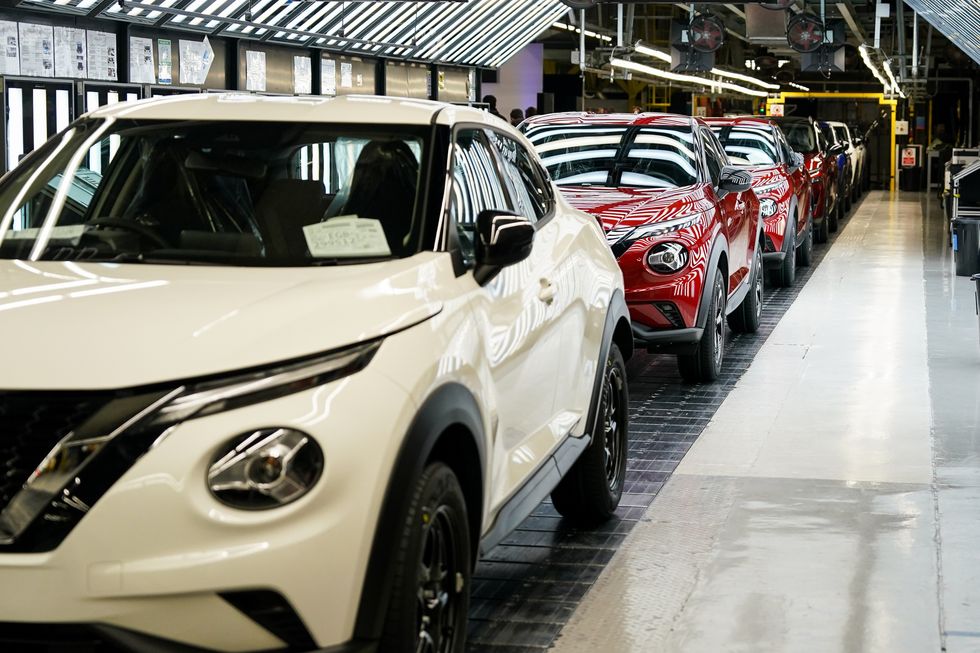'Charging must be easy and reliable to support more people to make the move to an electric car'
Don't Miss
Most Read
Trending on GB News
New research has found that drivers do not think the electric vehicle public charging network is fit for purpose, citing issues around costs and reliability.
More than two-thirds (69 per cent) of electric vehicle and plug-in hybrid vehicle owners are unhappy with the UK’s public charging infrastructure.
The latest data from Zapmap shows that there are 53,906 EV charging devices across 31,000 different locations, as of December 2023.
The Government is aiming to have 300,000 EV chargers installed by the end of the decade to meet the demand for electric vehicles, with experts suggesting that the 100,000th charger could be seen next year.
Do you have a story you'd like to share? Get in touch by emailingmotoring@gbnews.uk

Experts are calling for more to be done to improve the charging experience for EV drivers
GETTY
According to new research from Which?, a quarter of drivers have said that cost is the primary reason they have stopped using public chargers.
A staggering 85 per cent said they would prefer to pay via a contactless card, although many charge point operators still require payment through a dedicated app.
Reliability of the chargers has also been identified as a major issue, with three-quarters of hybrid and EV drivers saying they have experienced a faulty public charger at least once in the last 12 months.
A further 37 per cent said it was difficult to find a working charger at all, in addition to people reporting being confused when using the devices.
Sue Davies, Which? head of consumer protection policy, said: “We know that people want to make more sustainable choices and switch to an electric vehicle, but many drivers have a lack of confidence in the public charging infrastructure, and this also risks alienating people who aren’t able to charge their EVs at home.
“It is positive that the Government passed new rules that should see improvements in consumers' experiences of the public charging network.
“The Government and charge point operators must continue working together to ensure the UK’s charging infrastructure is up to scratch.
“Charging must be easy and reliable to support more people to make the move to an electric car.”

There are more than 53,000 public charging points across the UK
PA
The Government has introduced measures to ensure public charging points are easier to use, are more reliable and provide the user with a transparent cost.
Many experts have called on the Government and charge point operators to do more to ensure existing EV owners can charge easily and make the infrastructure secure and widespread enough to give petrol and diesel drivers the confidence to switch.
One Which? member described the EV charging network as “dismal”, adding: “It should be as easy to charge a car as it is to buy petrol. It is infinitely more complex with different systems, paying methods, limited access and non-functioning chargers."
While around 40 per cent of survey respondents said they did not have any use for the network thanks to being able to charge from home, Which? said that home charging was not a universal option.
LATEST DEVELOPMENTS:
- Drivers feel more negatively about Sadiq Khan's Ulez since expansion as many support camera vandalism
- Electric vehicle companies warned of 'Darwinian struggle for EV viability' as shares could tumble
- Sadiq Khan faces fresh headache about plans to send scrapped Ulez vehicles to Ukraine - 'No legal barrier'

The ZEV mandate was launched at the start of January
PA
Millions of Britons do not have a driveway and even more lack access to dedicated on-street parking, meaning home charging is not an option for all, further boosting the need for an effective public charging network.
The Zero Emission Vehicle mandate launched earlier this year, with new rules requiring car manufacturers to sell a minimum number of electric vehicles, starting from 22 per cent this year and rising to 80 per cent in 2030 and 100 per cent in 2035.









